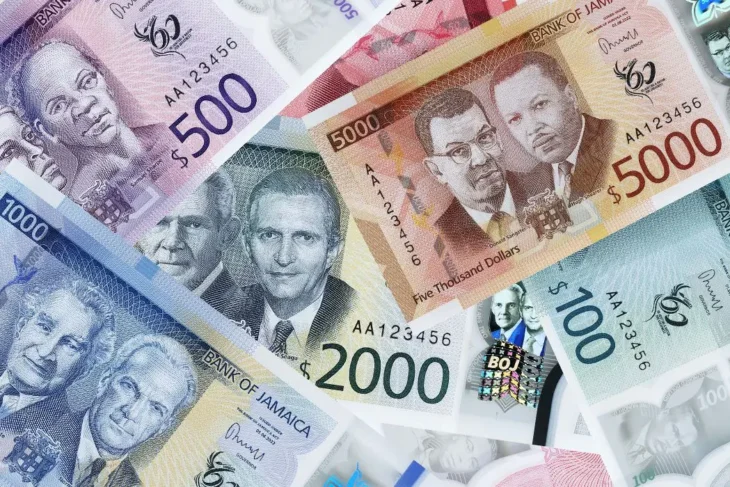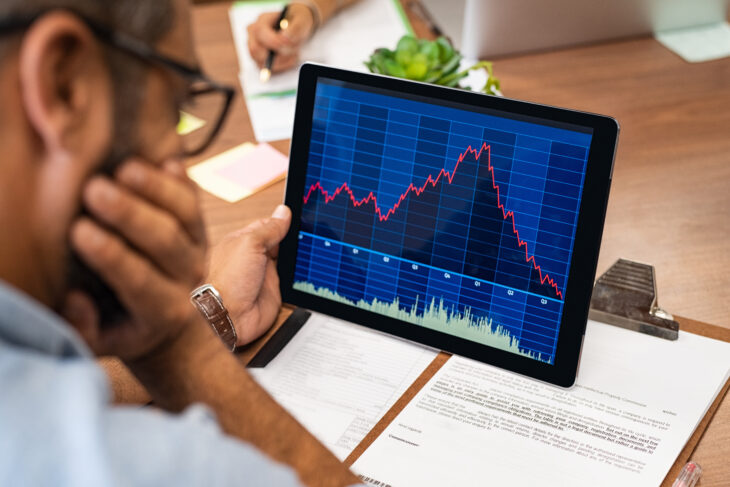Disclaimer: The content is for informational purposes only. You should not construe any such information or material as legal, tax, investment, financial, or other advice. Nothing contained herein constitutes a solicitation, recommendation, endorsement, or offer to buy or sell any securities or other financial instruments in this or any other jurisdiction in which such solicitation or offer would be unlawful under the securities laws of such jurisdiction.
While the past two years have been unprecedented times for most from both a personal or an investing perspective, 2022 has given us a noted increase in market volatility, given the many factors at play globally. In such periods, understanding the macroeconomic factors are as critical as understanding what is taking place with individual investments.
In the current environment, there are many macro factors at play, but US Federal Reserve Bank (FED) decision-making is one of the crucial inputs for understanding the impact on the markets both from a US and a global perspective. Inflation, specifically runaway inflation, threatens the status of the US dollar as the global reserve currency, and so despite the public posturing of trying to balance the risks, the FED is likely to have an outsized focus on taming inflation because of the global economic implications that this presents.
While the FED has several tools at its disposal to combat inflation, its primary course of action has been demand destruction. Here are some reasons:
- One of the main causes of current inflation is from the supply side. Supply chain issues caused by continued COVID lockdowns and slow manufacturing ramp-ups are not solvable in the short term, and the added fuel of the Russia conflict puts additional strain on global supply chains. This has led to decreased supply which, at the healthy demand levels we have had over the past few months, has caused increased prices. Containing demand would therefore bring supply and demand back in balance, along with inflation.
- Wage growth in the US has seen its largest increase in the 2000s, putting upward pressure on prices. Even in the absence of Russia and supply chain issues, this would be a significant risk and helps put into context the intensity with which the Fed has had to act here. We believe there are interesting fiscal policies that could be implemented to tame wage growth (like easing the immigration requirements for foreign workers), but given the political climate, we are unsure if these policies could get passed before the US midterm elections in November 2022.

Despite the multitude of variables and scenarios at play, one of the key investing metrics to keep track of is a peak in the CPI and a sustained period of declines. History has shown us (Figure 1.2), that once we hit the highlighted inflection points, the markets are likely to rebound and the moves tend to be strong and sustained. Keeping track of the inputs that go into the CPI to get better insight into when this happens, will be helpful in understanding the best times to be deploying into risky assets (e.g. stocks).

In unpacking the June 2022 US CPI report, one of the leading drivers of the increase was energy costs (Figure 1.3). Energy had four times the impact of the nearest component. This is important because in order to get the reversal we need in inflation to aid the performance of our portfolios; we need to see sustained reversal in energy costs..

Understanding the dynamics of supply and demand in the energy markets is a topic that would require a detailed knowledge of the geopolitics as well as the macro and micro factors affecting oil. In addition, with the Russia/Ukraine conflict, there is always the possibility of oil price volatility, given Russia’s major role in the global energy complex. However, there are some “encouraging” developments which might lead to a surprise in the August 10 release of the CPI data.
- We have already seen a 20% decrease in energy inputs since June 2022 (Figure 1.4), which is likely to take a few weeks to trickle through the US economy (i.e. The effect would have been muted in the July report)
- We have seen a cooling off in a number of economic variables over the past month, with the potential of seeing back-to-back negative prints in US GDP (the technical definition of a recession) being fairly high at this point. Decreased demand across not just the US but globally (Baltic Dry Index has decreased 35.75% from its peak on May 23, 2022) would create a release valve for the supply issues taking place on the energy front

If we do have a reversal in the CPI, as well as a 75 basis point increase in the fed funds rate (which is currently being predicted) we could essentially provide the ingredients for a sustained decrease in overall inflation. The important thing to note here is that the markets will likely not wait on inflation to “normalize” or return to the 2% target rate before producing solid returns for investors. All we are likely to need is the signs we are abating, and history has shown us investors move to risk on.
While the focus of this article was quite US centric, it is my view that economies that ultimately have the ability to control their monetary policy to combat the ill effects of inflation are probably the ones we should be focused on at this time. Europe, unfortunately, is unlikely to be able to raise their interest rates substantially to combat inflation because of the devastating effect to some countries in the European Union, and China is facing not only a slowdown from its COVID zero policy but it has to manage the risk of a housing crisis, given how interest rates will affect housing demand and wealth effect of its citizens.
While we can leave the predictions of macroeconomic outputs to the PhDs, we can certainly unpack some of the data we are seeing to determine whether we should sit on cash or gently wade back into the market.



